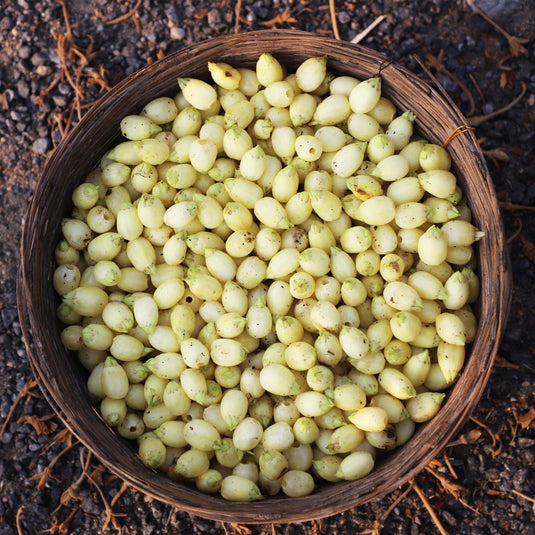The Western Ghats, also known as the Sahyadri Mountains, is a biodiversity-rich mountain range located along the western coast of India. The Western Ghats is considered one of the eight "hottest hotspots" of biological diversity in the world and is home to a wide variety of plant and animal species. In recognition of its ecological importance, the Western Ghats was designated as a UNESCO World Heritage Site in 2012, and also a Biosphere Reserve in 1989, by UNESCO's Man and the Biosphere Programme.
The Western Ghats Biosphere Reserve encompasses an area of about 60,000 square kilometers across six Indian states: Gujarat, Maharashtra, Goa, Karnataka, Tamil Nadu and Kerala. The biosphere reserve is divided into three regions: the Northern Western Ghats, the Western Ghats and the Southern Western Ghats. Each of these regions has its unique characteristics, with different types of vegetation, wildlife and human communities.
The Western Ghats Biosphere Reserve is home to many endangered plant and animal species, including the lion-tailed macaque, the Nilgiri tahr, the Bengal tiger, the Indian elephant, and the Indian leopard. The biosphere reserve also supports a significant population of human communities, mainly farmers and traditional fisherman.
The Western Ghats Biosphere Reserve is facing many threats, including habitat loss, over-exploitation of resources, pollution and climate change. Conservation efforts are underway to protect the biosphere reserve and its biodiversity. This includes protecting the forest and wildlife, promoting sustainable development and supporting the livelihoods of local communities.
It's important to note that visiting the Western Ghats Biosphere Reserve requires proper permission and guidance, as some areas of the reserve are not safe to enter without an expert. If you're interested in visiting the reserve, it's recommended to contact the local forest department or a reputable tour operator for more information.


